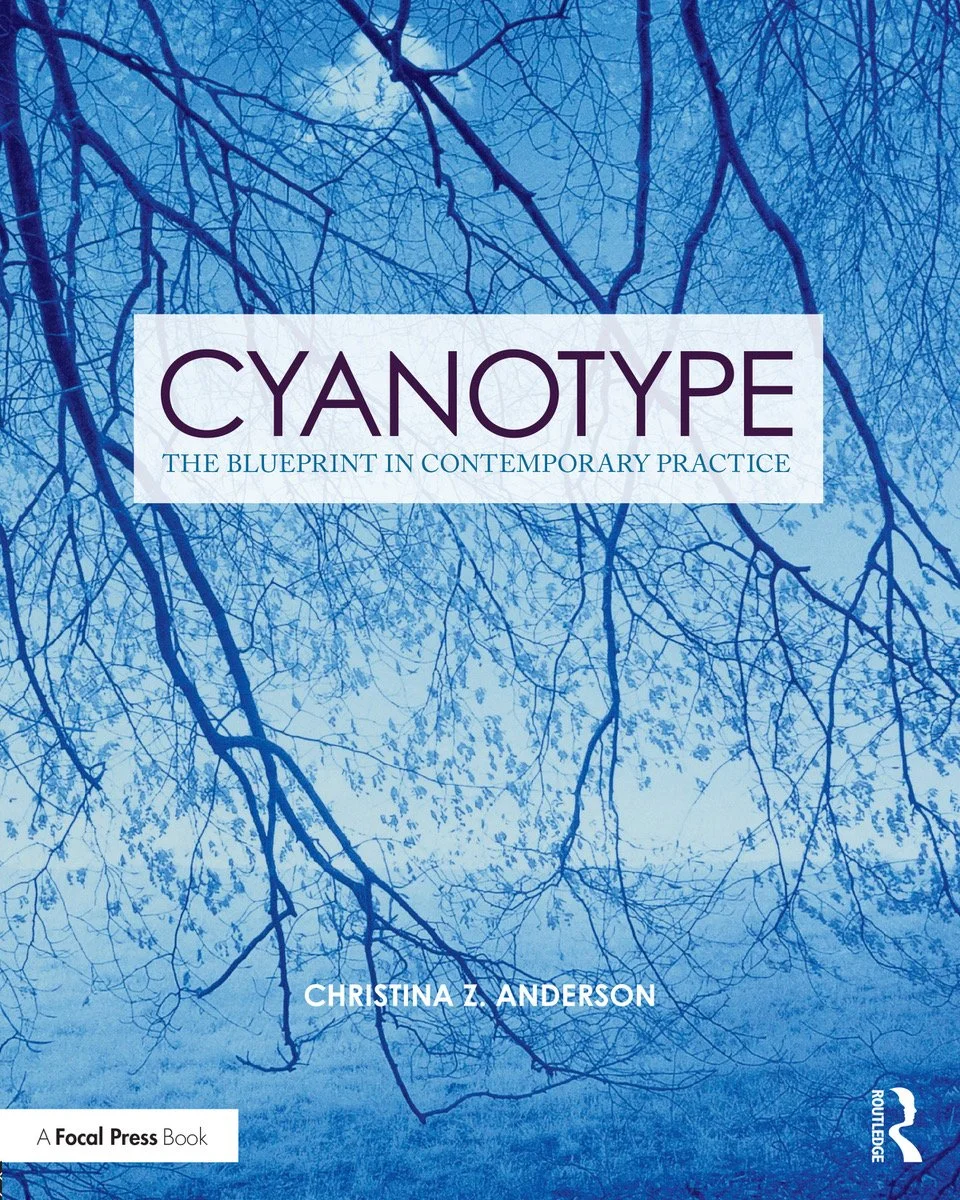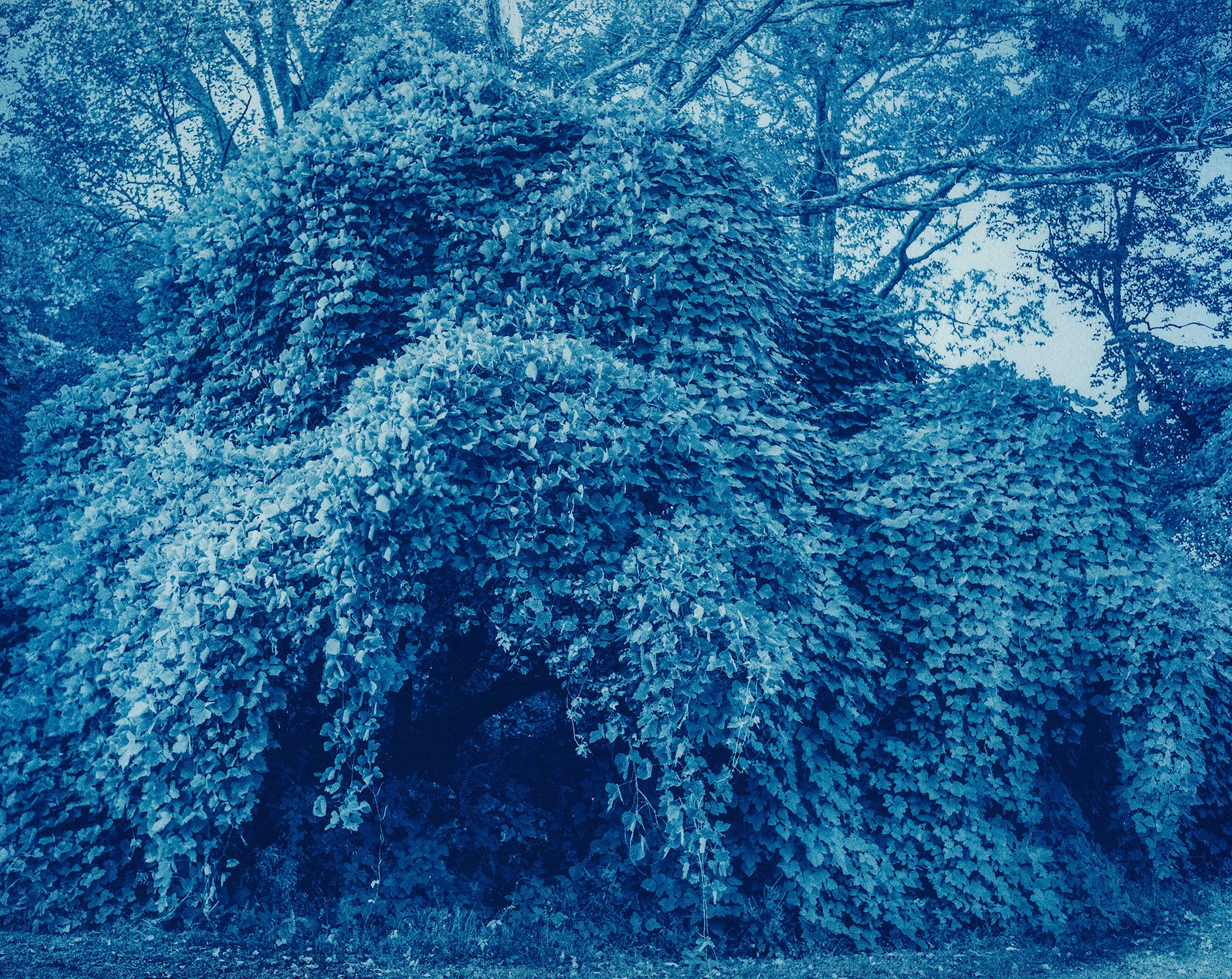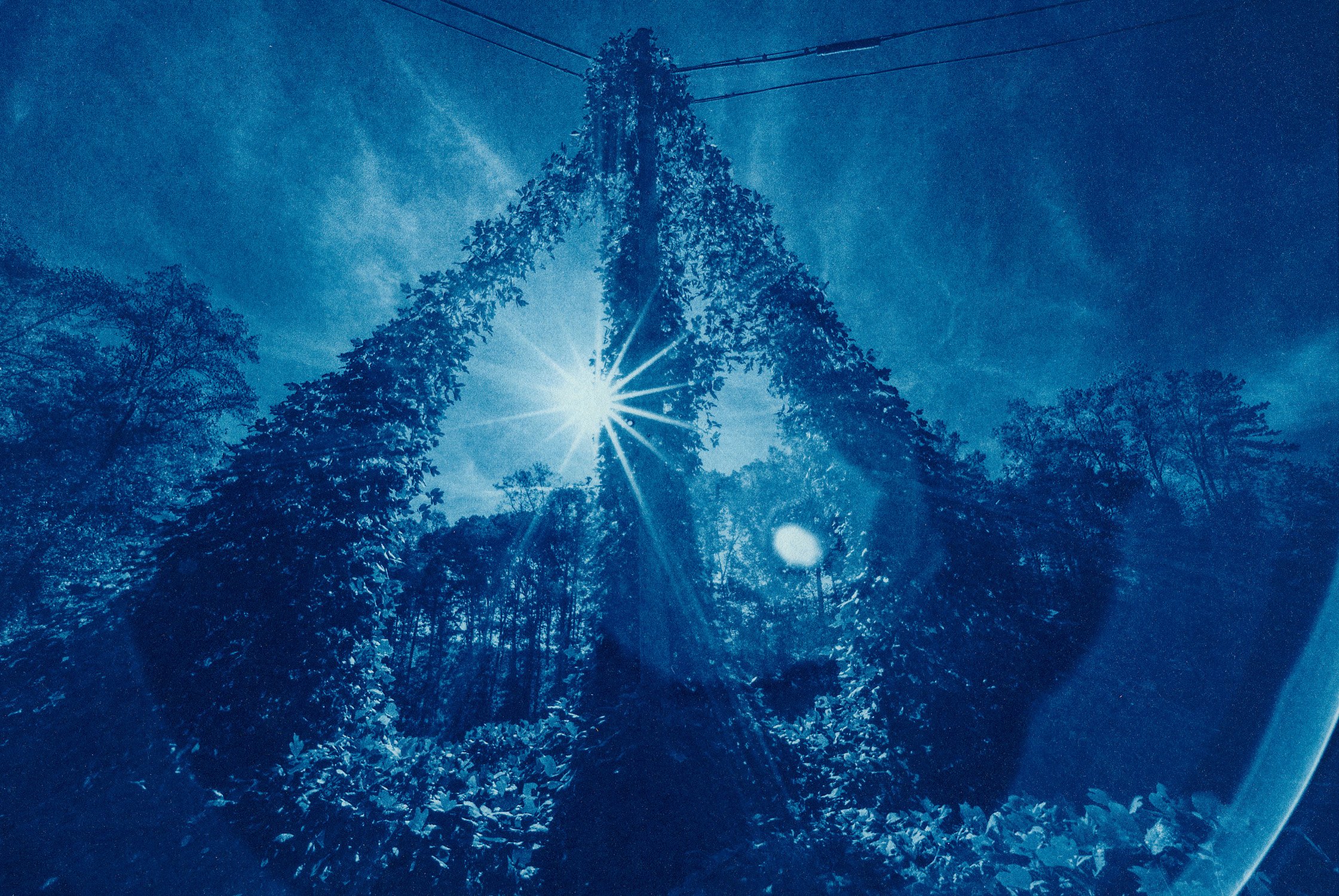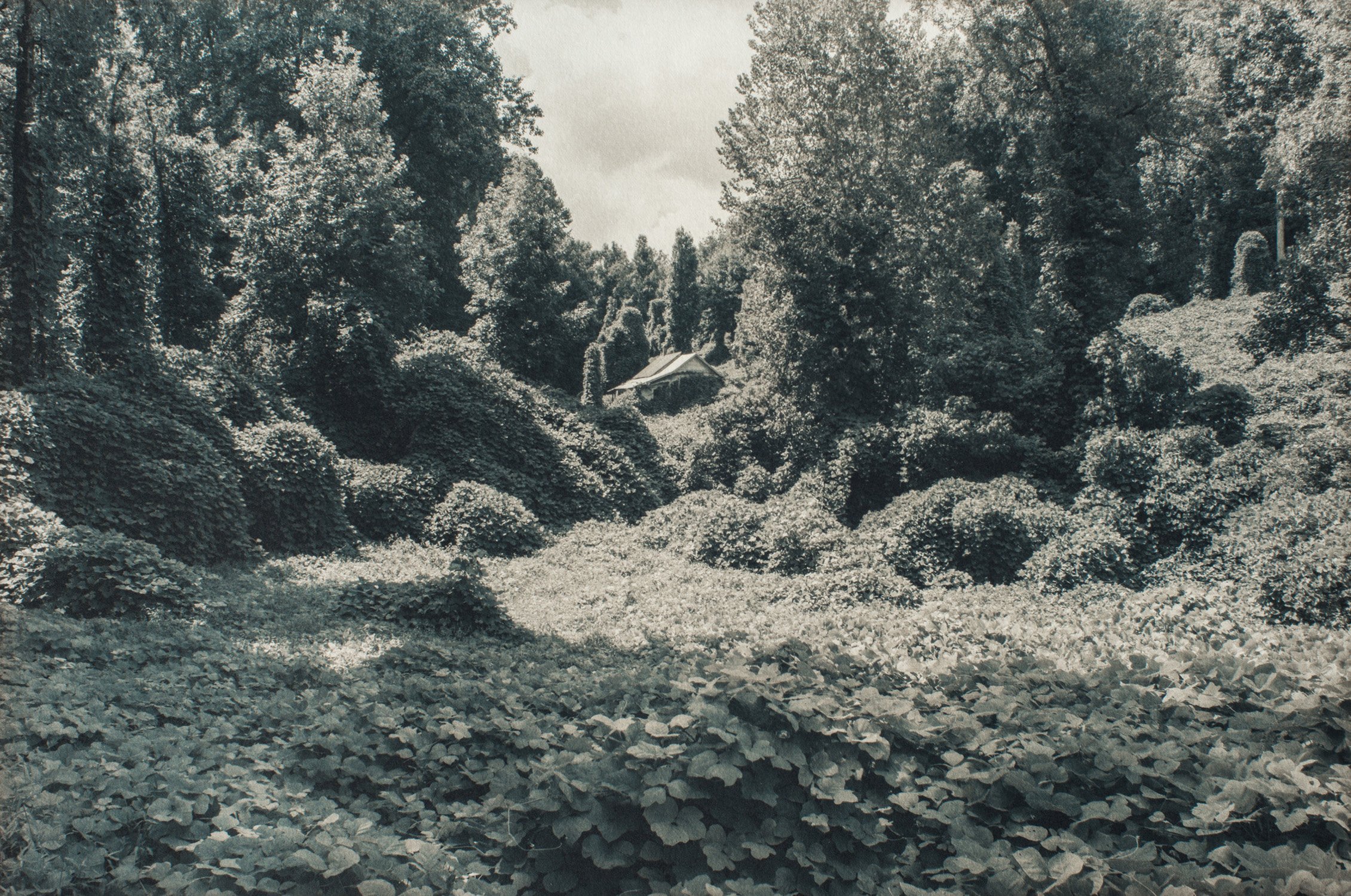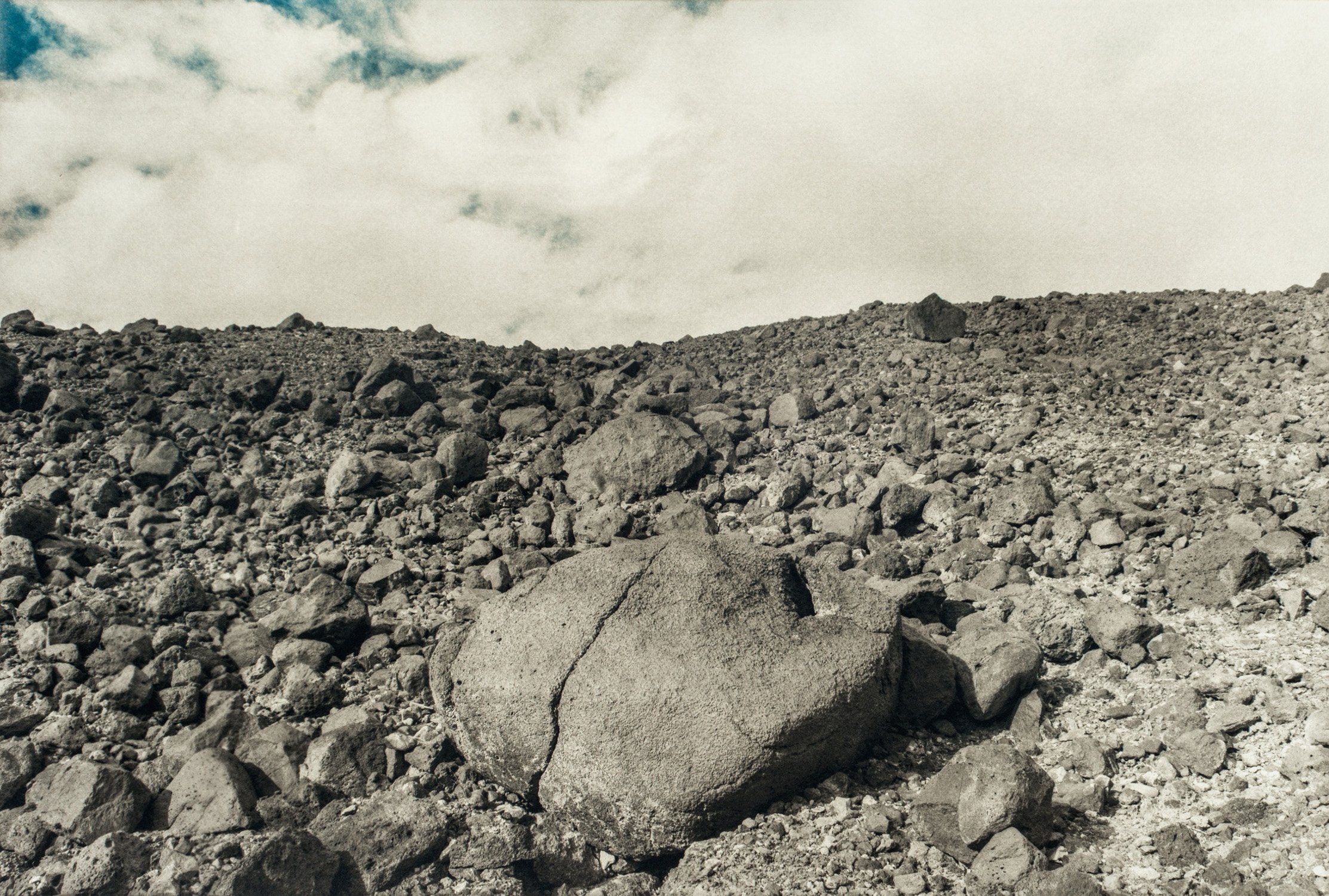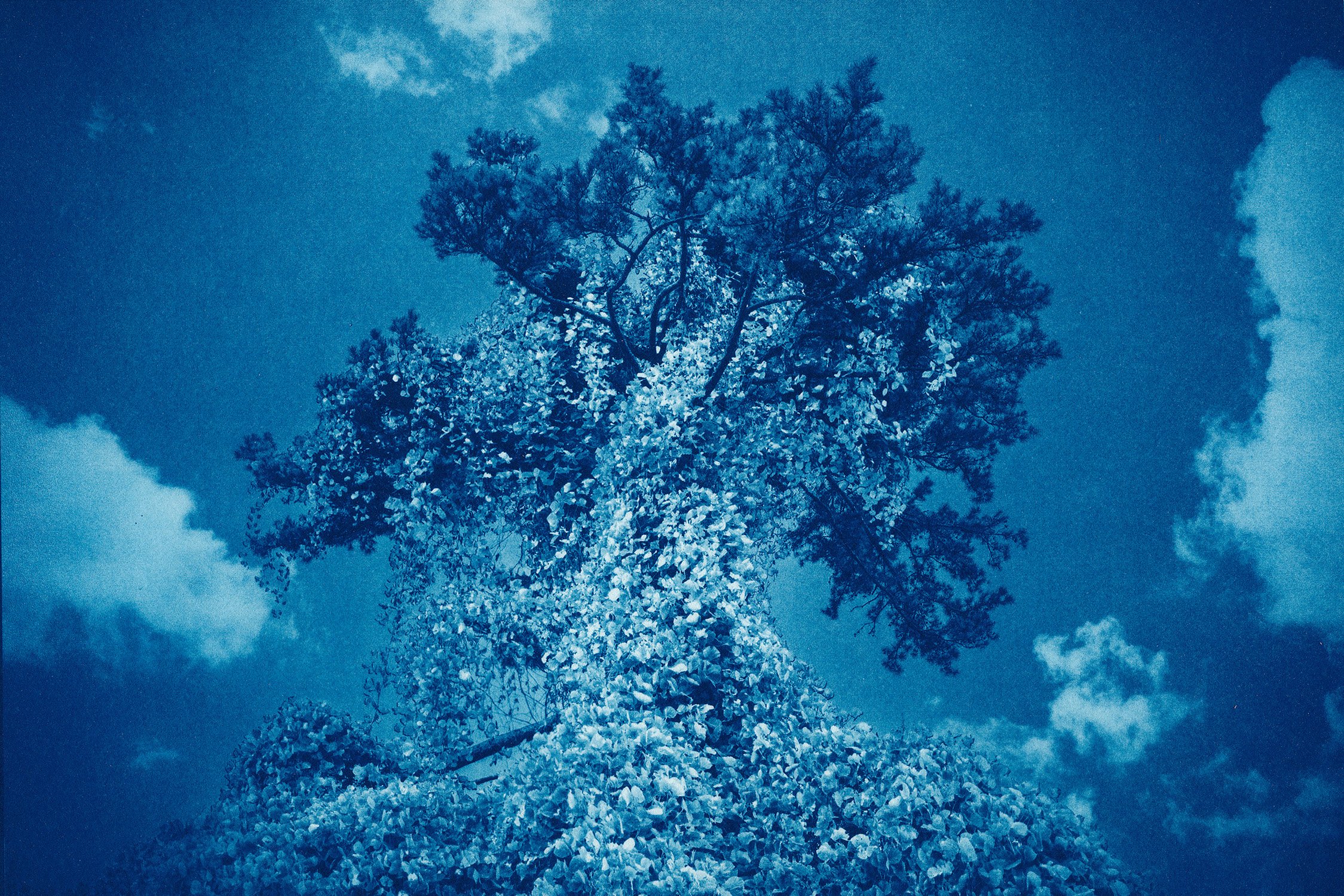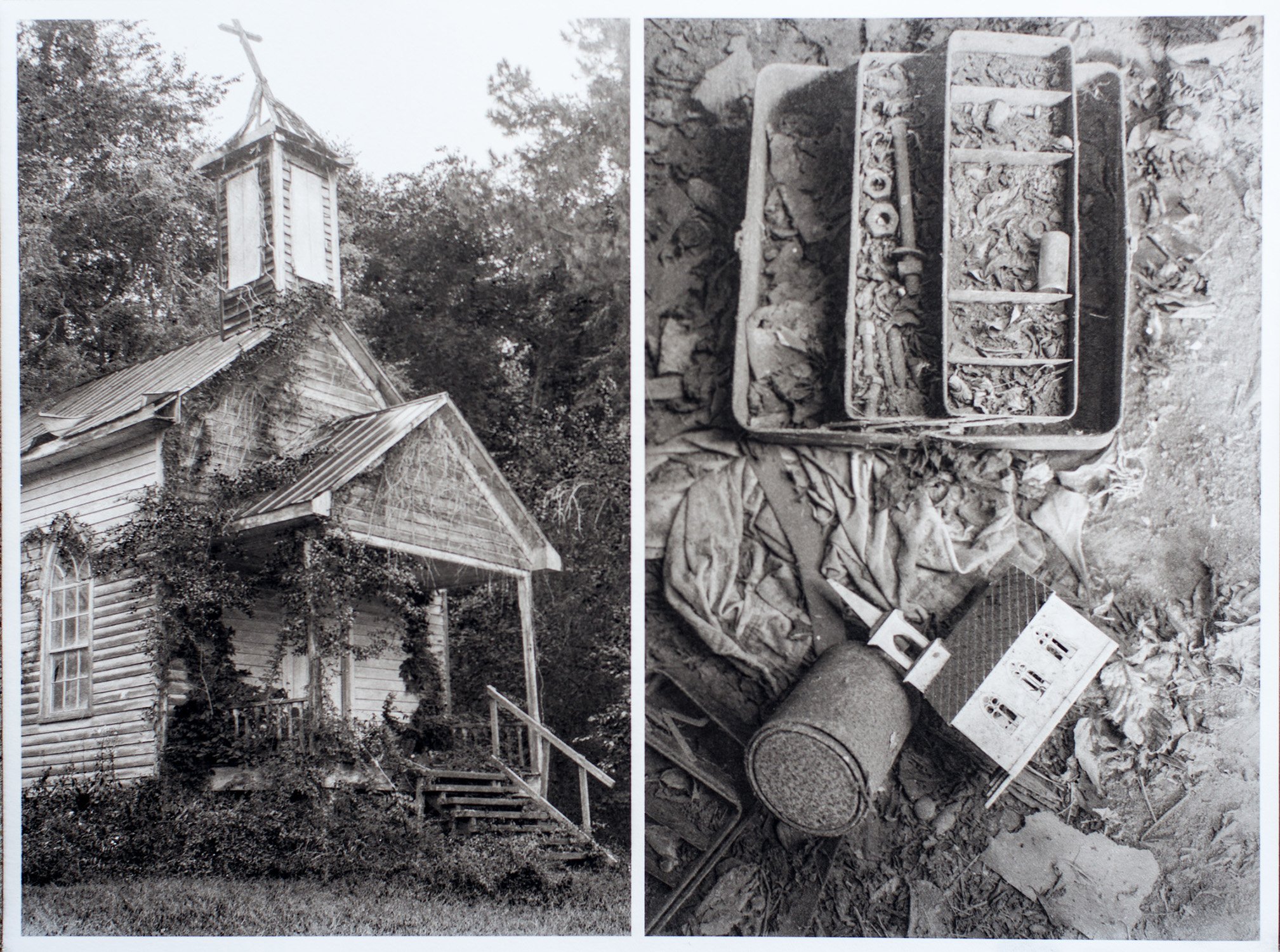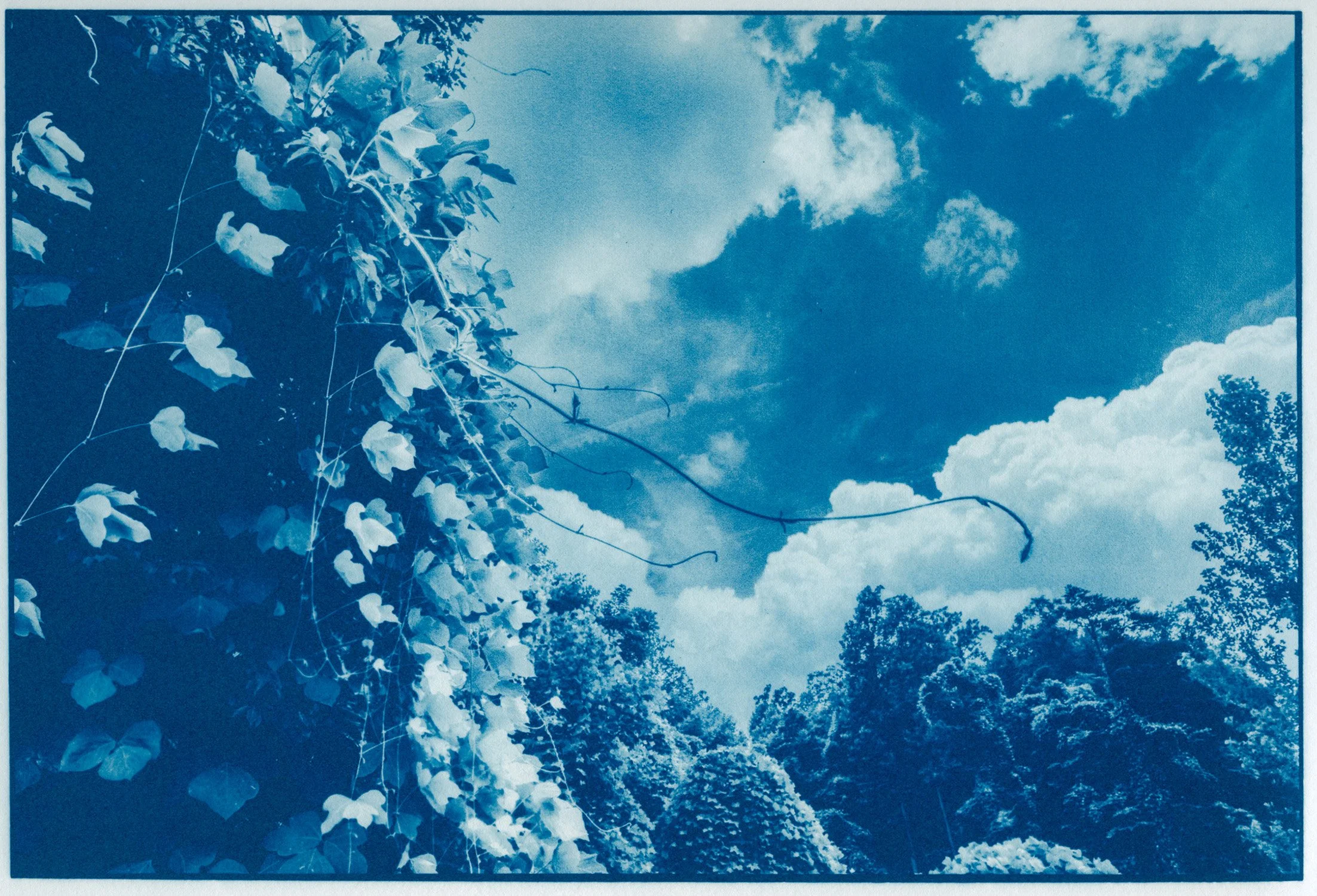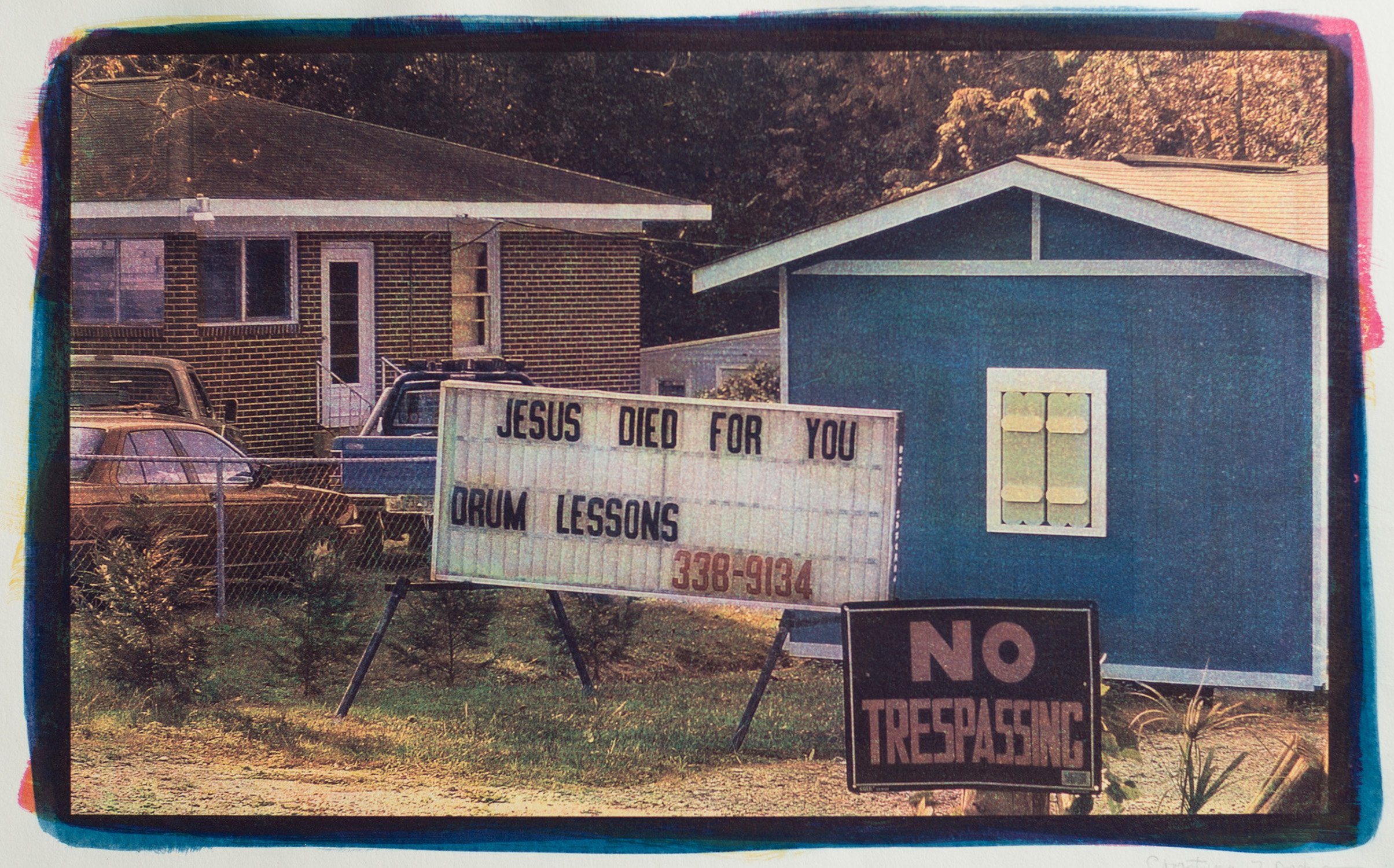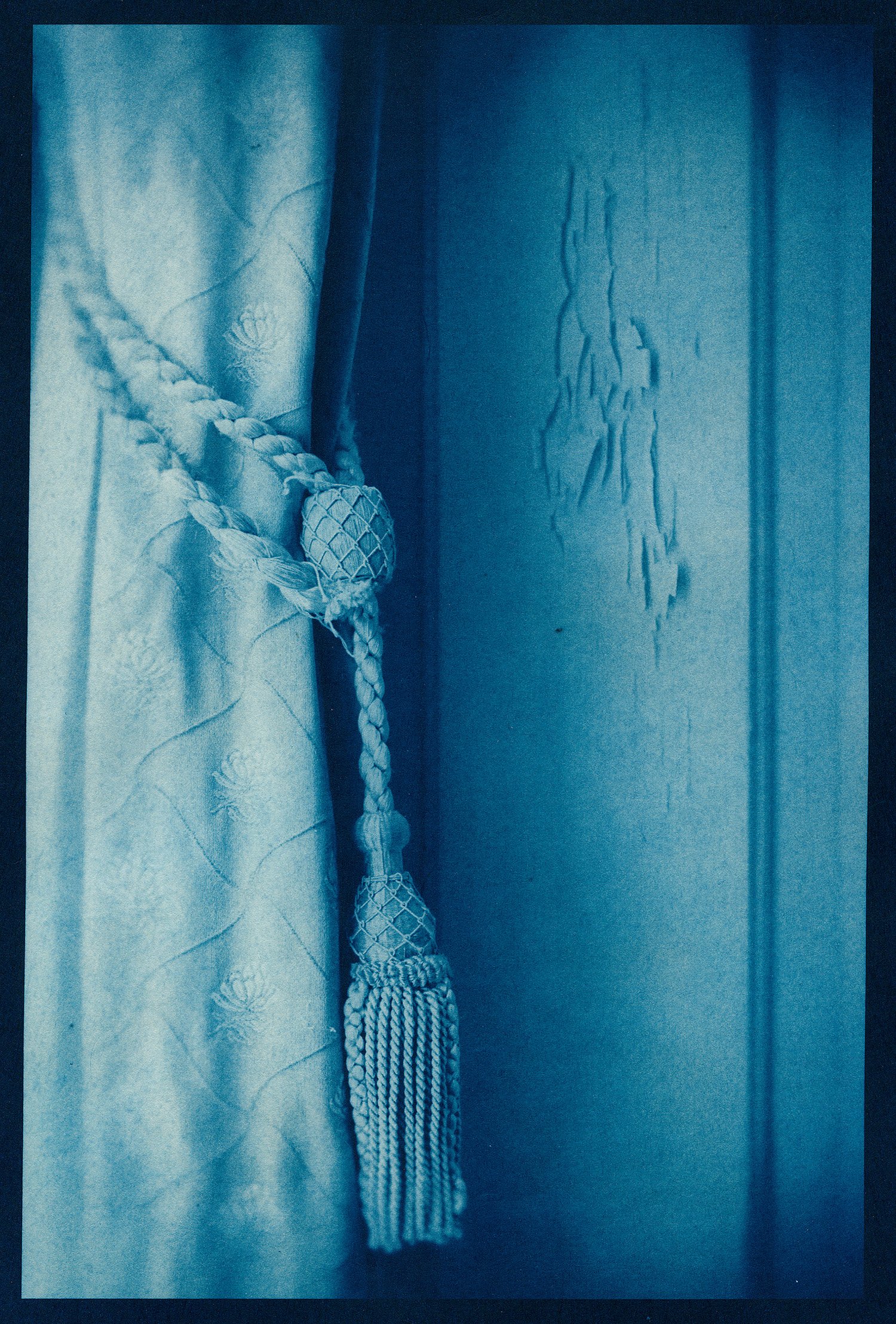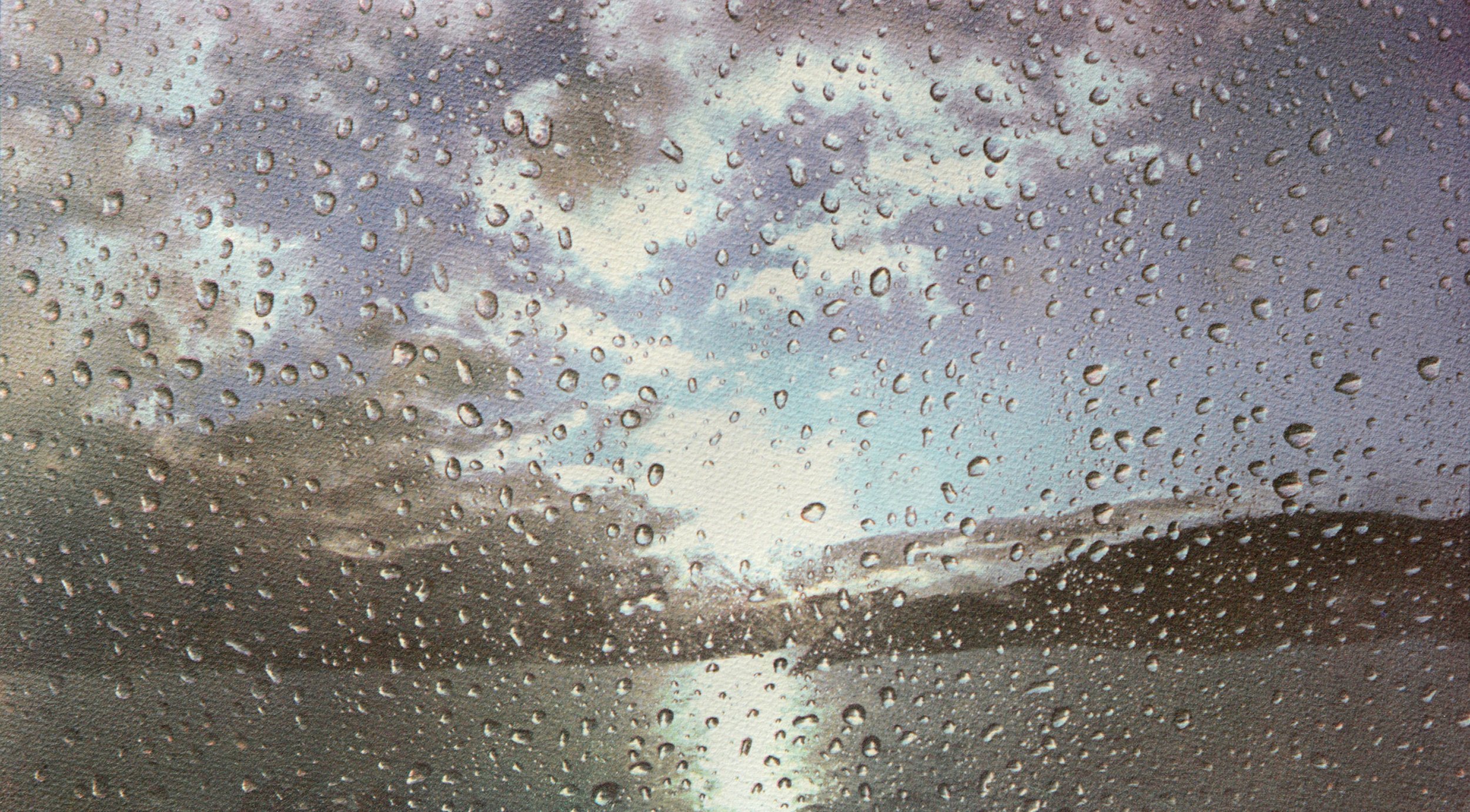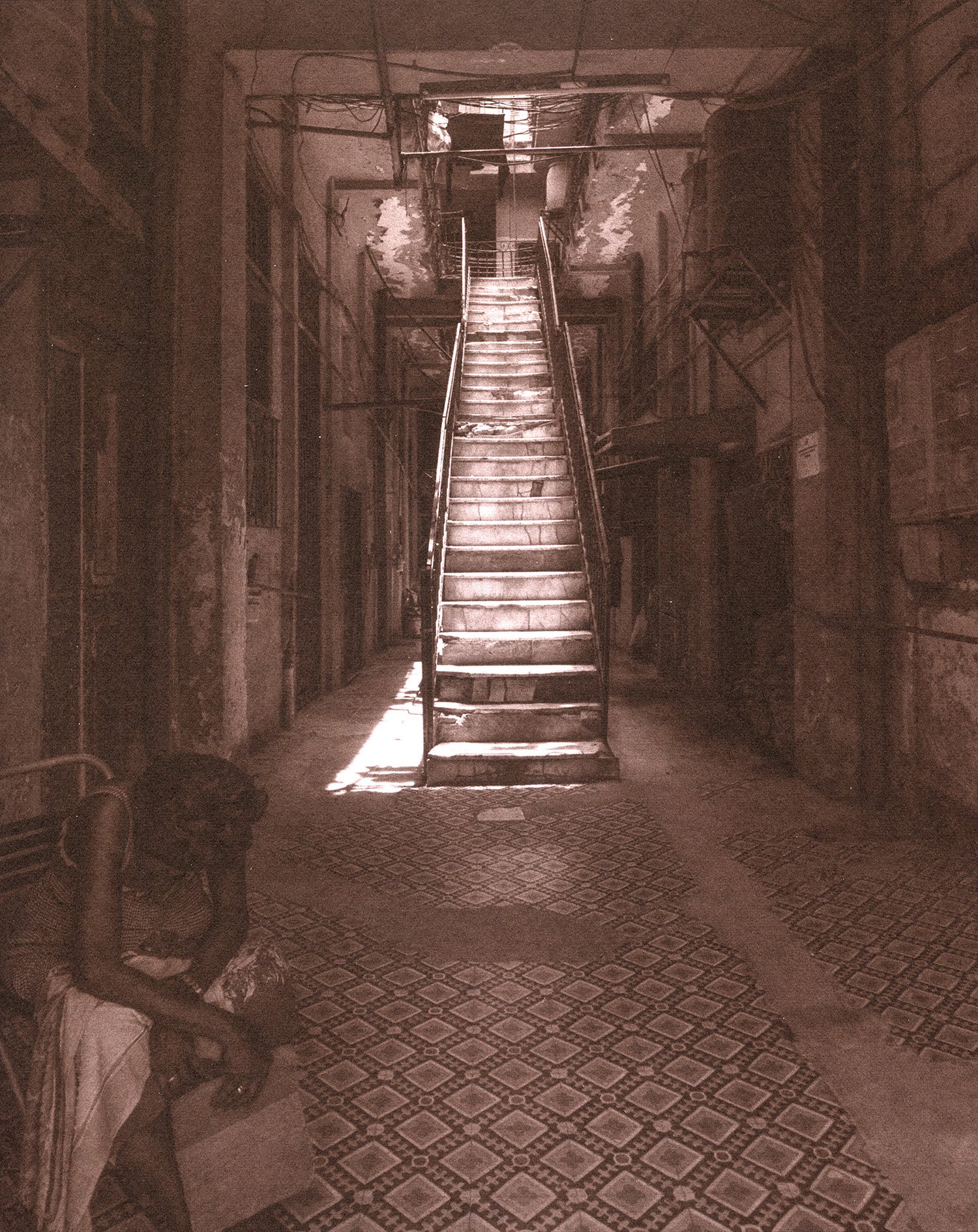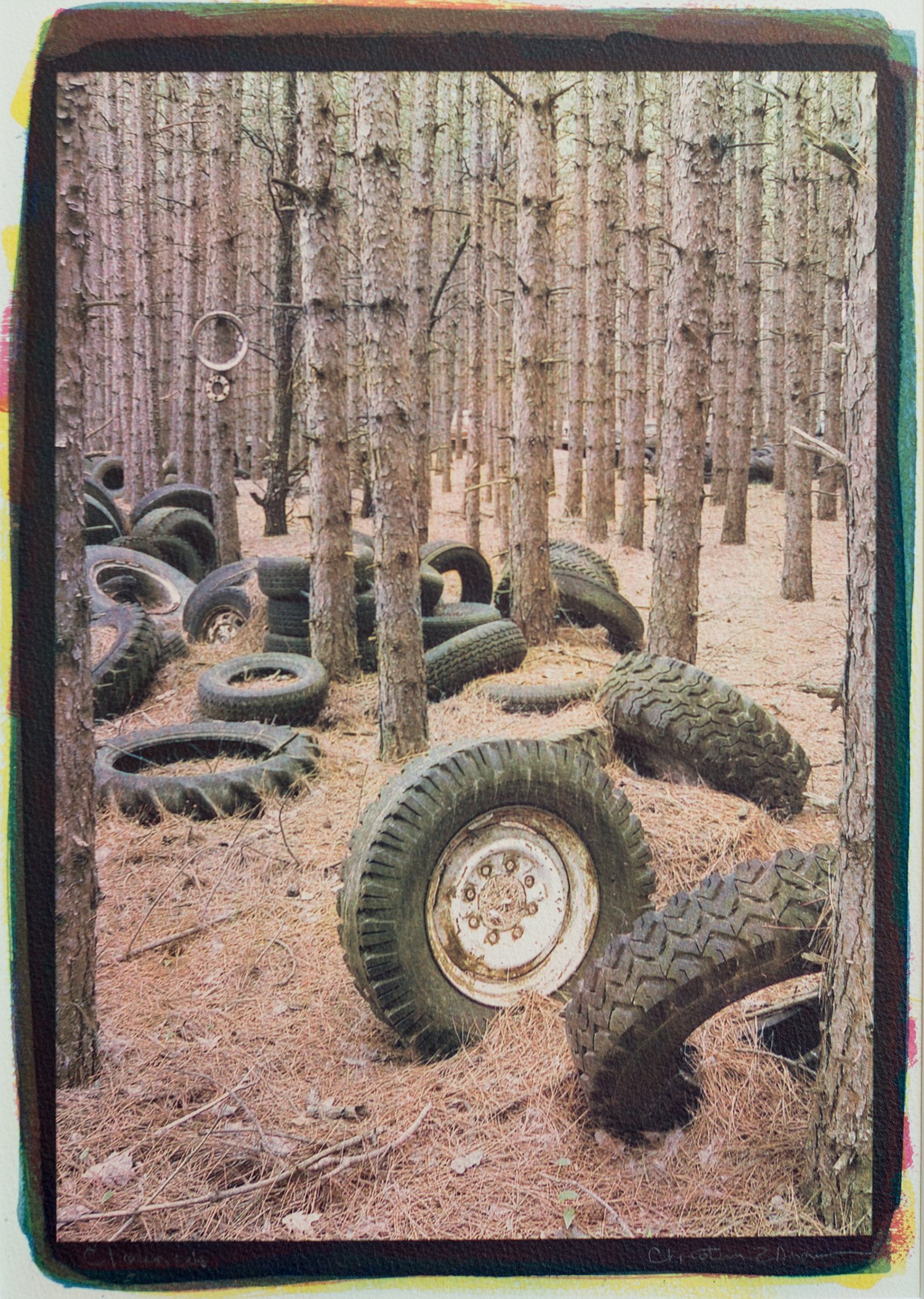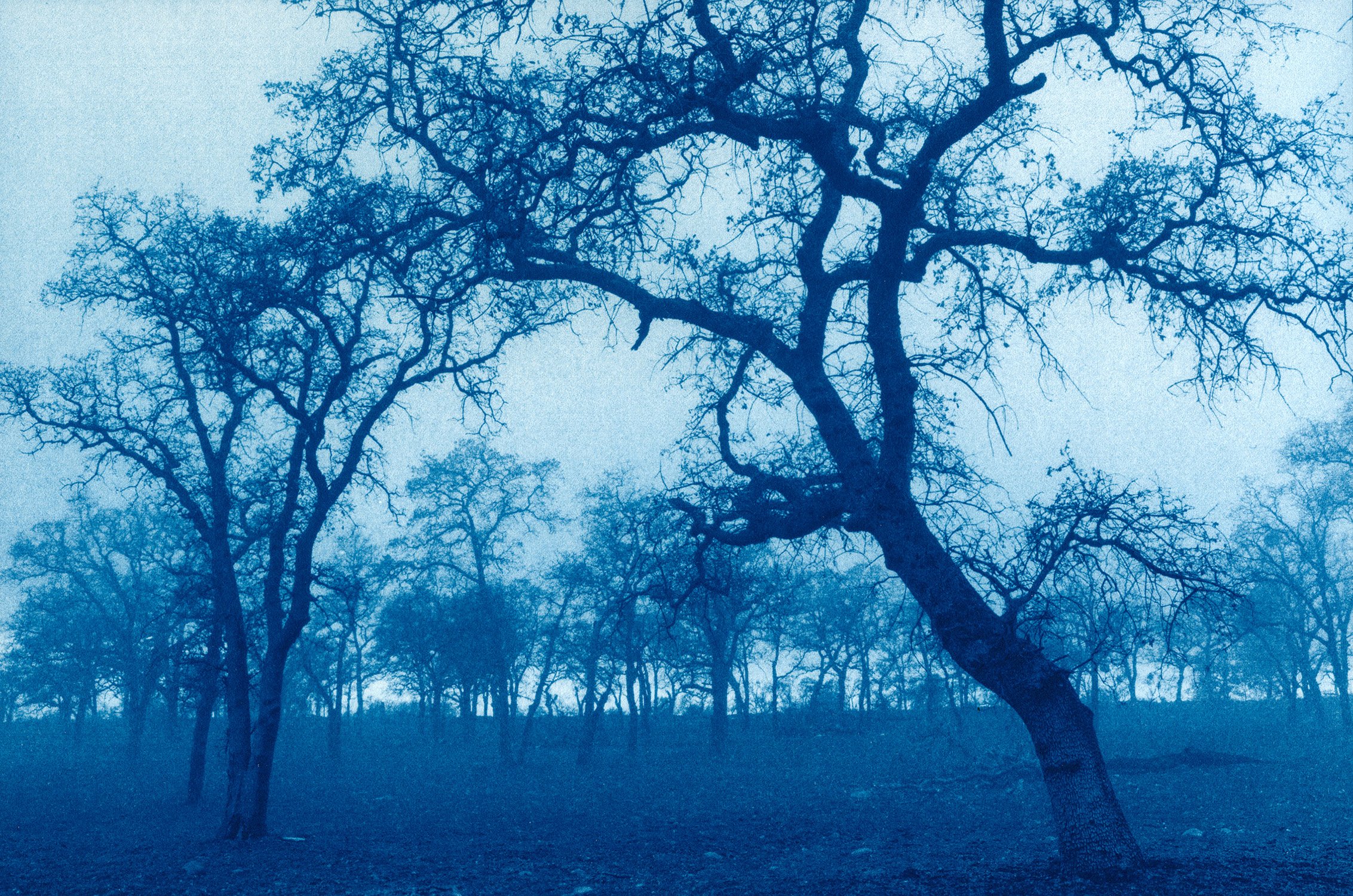Book Review: Cyanotype - The Blue Print in Contemporary Practice by Christina Z. Anderson
If you are a photographer with the slightest interest in alternative processes, you have probably come across the name of Christina Z. Anderson. A veritable expert on many alternative and historic photographic techniques, she has instructional articles across the internet and is the author of six books. Her latest book Cyanotype: The Blue Print in Contemporary Practice is a deep dive into that historic process, covering everything from the basic techniques to contemporary artists from around the world who utilize the cyanotype in their work. Prior to the book's publication, I was able to speak to her from her home in Bozeman, Montana to get to know more about the book and the artist behind it.
Raised in Baltimore, Maryland, Anderson has spent the majority of her life further west, moving to Minnesota for fifteen years followed by another move to Montana, which has been her home for the past 30 years. Her first college experience resulted in a degree in French, although growing up she was encouraged to develop creative hobbies by a mother who herself did oil painting and ceramics. Later in life, she found herself drawn to painting once more. After dabbling in a few classes she was inspired to peruse a BFA in that field from Montana State University. One prerequisite to her painting degree was a beginning black and white darkroom class, which she admits she was not at all interested in at the time. But like many photographers before her, she was quickly enthralled by the medium through the magic she discovered in the darkroom. She stated about this initial forced photo experience, “Within twelve weeks it was like, 'That's it for me, this is my medium.' And there was no turning back.” One photo class begat another, and she was irredeemably hooked; she completed her painting studies but also earned a simultaneous degree in photography.
It was the alternative process class she took from Rudi Dietrich at MSU that started her on her eventual trajectory: cyanotype; van dyke brown; gum bichromate; platinum; all the historical processes that she would come to use over the course of her career. It is unsurprising however that as a painter the process that would most capture her attention is one of the more unusual ones in the photographic world. Where most traditional analog processes use metal to generate the image (silver, platinum, and iron being the most common), she gravitated to the one that uses watercolor pigments to create the photographic print. It is, in its chemical makeup, a photosensitive process, but with its pigment-on-paper result and the option of layering multiple exposures in different colors, the final images carry with them a kinship to painting and printmaking. She says of discovering the gum bichromate technique in that class: “I knew that gum printing was my process of choice; of all of those things, it would be gum.” Anderson became one of the modern masters of gum bichromate printing after spending two solid years printing in the medium when she did her graduate studies at Clemson University under Sam Wang, going on the create personal bodies of work in gum as well as teaching workshops and writing two books on the subject.
Just as Anderson never imagined that she would become a photographer, she also didn't necessarily think that her path would involve becoming an educator and researcher, but in hindsight, she says it feels like it was the obvious trajectory for her. She happened into an adjunct teaching position in the Montana State photo department between her BFA and MFA studies, and after returning back to MSU she was eventually hired on to teach full time, focusing on her area of expertise in experimental and alternative photographic techniques, and where she has remained for the last 18 years. “I've always been a big researcher, and I've always loved sharing what I've learned. And at the time I didn't think that equated to a teaching career, it wasn't even on my radar. But I look back, and of course, I would teach! I consider myself a peer mentor, I feel like I can make people's lives better by fostering their creativity. It was always a natural personality fit for me.”
And it was her early teaching experiences which led to her first book. Taking over an experimental photography course with little more than a syllabus, she went into research mode, dissecting every process to be covered that semester and creating her own teaching materials. The next time she taught the course she had the materials combined into a manual if only to save the weekly trips to the copy machine. This collection of materials eventually became the basis of her first publication, “Experimental Photography Workbook: A Manual of Analog Black & White Darkroom Practice.” This was followed up by the far-reaching “Gum Printing and Other Amazing Contact Printing Processes,” an exploration of gum bichromate and eight other historic photographic printing processes, including cyanotype, platinum, and casein.
These earlier publications led the way to her current association with Focal Press and Routledge Publishing. In 2016 she came out with a manual entirely dedicated to gum bichromate printing published by Focal Press and followed it up with another focusing on the salted paper process the very next year. She was then asked to be the editor for a series entitled “Contemporary Practices in Alternative Process Photography” which would follow the same model as her salted paper and gum printing books. In 2018 two new books were added to the series, “The Handmade Silver Gelatin Emulsion Print” by Denise Ross and “Polymer Photogravure” by Clay Harmon. The fifth book in the series is Anderson's own cyanotype manual, which was released last week.
Anderson is one of those people with an analytic mind and a can-do attitude about her work. She loves to research, and her research is often motivated by problem-solving. Her dive into cyanotypes for this last book was largely about problem-solving and troubleshooting; why do prints become blotchy or grainy or crystallized? After over 1500 test prints and step wedges over the course of a year, while researching cyanotypes for this latest book, she has a pretty strong idea why things sometimes go wrong and is ready to tell you about it. (This is something I've been personally grateful for when I come out of the darkroom in frustration and flip open her books looking for reassurance and guidance.) The chapter on paper alone found her investigating 136 different papers, almost 100 of which are included in the book. As cyanotype is a good baseline for other alt-process printing techniques, the information in the paper chapter is relevant to many other processes. Her research for this book included investigating multiple formulations of the cyanotype chemistry, “We've explored classic cyanotype, new cyanotype, and then also hybrid forms where you're combining the classic and new formulas.” One chapter in the section on formulas is by her grad school mentor Sam Wong, who has been using one of these hybrid methods, which Anderson lovingly calls SWC or Sam Wang Cyanotype. In addition to Wong, she coordinated her research with John Jackson and Sandy King to test different variables in their varied locations, weather, and working conditions to confirm that what worked for her in her darkroom in Bozeman (or didn't work, as the case may be) would be reproducible in other places by other practitioners.
The book is not just useful as a how-to instruction manual, she includes work from nearly 80 artists working in the medium. It is an inspirational resource to see how varied and malleable the seemingly straightforward blueprint process is in the hands of so many different photographers. The artist pages in the book offer not just a visual representation of their prints but they also offer insight and advice as to how they have utilized the cyanotype process to express their own artistic vision. Anderson is far-reaching in the artists which she includes in her books and purposefully seeks out new people to showcase in the publications, virtually guaranteeing that you will discover work that you've never seen and techniques you've never thought of.
What with releasing six books in the past seven years in addition to her teaching position at Montana State University, how is Anderson able to balance the time she spends researching, teaching, and writing with her own personal photographic work? She had this to say in response, “One of the tricky areas to navigate when you're writing as an artist is whether you're known as an artist or known as an author. I had finally come to terms with that if there is any part of me that goes down in history, it will probably not be as an artist, it will be as an author first. But I am an artist first. I continually make new work.” After the year spent focused of putting together this latest book she plans to take a two-year hiatus from writing to return her focus on making and presenting her personal work. But even during this past year, she has also managed to make 50 new cyanotypes of her own work, an impressive output even without the time split between all her endeavors. She is very conscious of the fact that, as an artist, if you are only teaching or only writing it can lead to a sort of existential frustration so during the teaching year she sets aside periods of time for focus back on herself and her creative process, and in the vacations she takes what she calls “photo safaris” with her husband, Tom. But you can hear in her voice the excitement and anticipation that creeps in when she talks about the new processes and techniques she wants to explore during this hiatus from writing. Anderson will never stop experimenting and exploring because it's a part of the photographic experience that keeps her enthusiastic and engaged. “To me, my research is not separate from my life, it's what I do. My life is what I do, my life is alt-process photography.”
You can connect with Christina Z Anderson online on her website and purchase Cyanotype: The Blue Print in Contemporary Practice and her other publications at Routledge Publishing!
Gallery
ABOUT THE AUTHOR
Niniane Kelley is a fine art photographer living and working in San Francisco and Lake County, California. A native of the Bay Area, she is a San Jose State University graduate, earning a BFA in Photography in 2008. She teaches workshops in the Bay Area and surrounding environs. She most recently worked as a photographer and manager at San Francisco’s tintype portrait studio, Photobooth. Connect with Niniane Kelley on her Website and on Instagram!

